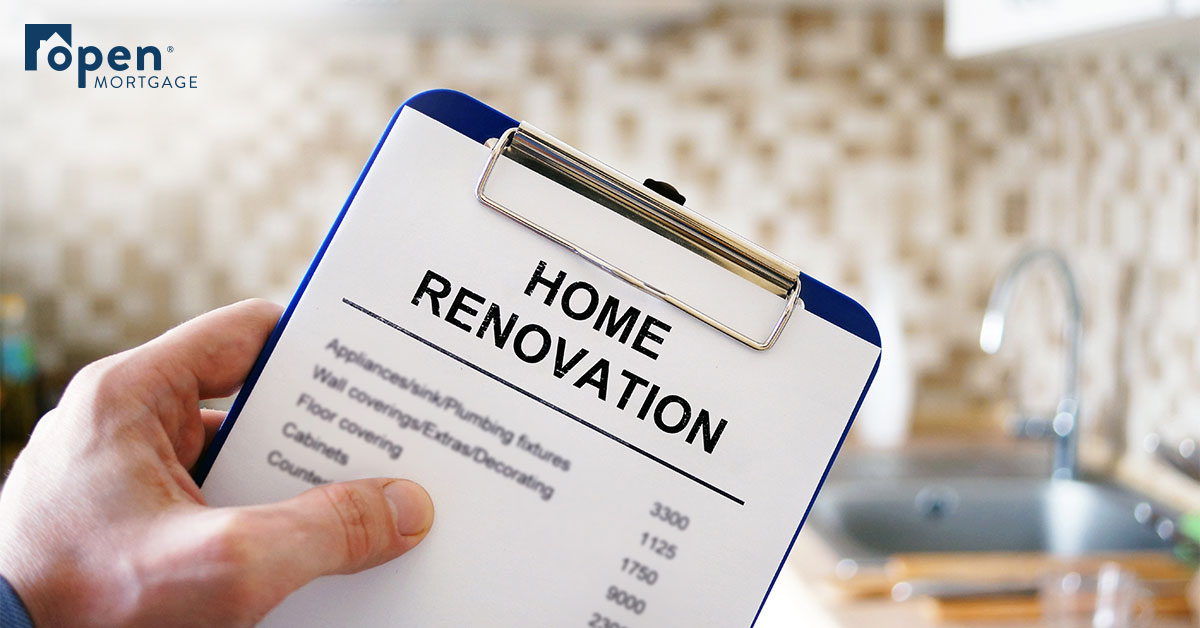
Refinancing Remains a Strong Option for Homeowners
A dramatic drop in interest rates led to a boom in mortgage refinances during 2020 and early 2021. While rates remain at historic lows, their stabilization will likely reduce the number of homeowners who are prompted by the news of falling rates to explore refinancing.
Instead, it will be the proactive property owners who primarily benefit from the savings or equity access that can come from well-timed mortgage maintenance. Find out if you’re in a position to lower your monthly payment or use a refinancing plan to reach your financial goals.
Credit History Matters
Before pursuing a refinance, the first step should be to make sure your credit history won’t hinder your efforts. Visit the three credit bureaus online to access a free copy of your credit report to review for harmful or inaccurate information. If you find false information, be sure you take the proper steps to correct it. If your financial habits are holding you back, it might be time to make a plan to increase your credit score, but doing so will take time.
Regardless of what you find, you’ll better understand what type of refinance rate you might qualify for. It can also help determine if you’re ready to move on to the next step of speaking with lenders about the refinancing programs you may be eligible for.
Explore Your Options
Check with several lenders to compare rates and the closing costs involved. You’ll also want to get a better idea of their communication style and willingness to answer any questions you may have. Sometimes savings come with other costs that aren’t worth sacrificing.
If your interest in refinancing is driven by cutting your monthly payment, you will likely be looking to lower your interest rate and possibly extending your term as well. On the other hand, reducing your overall interest costs could mean shortening your term. You may also consider a cash-out refinance to access home equity that can be used for home improvements or other purposes. Either way, this is your chance to explore all the options.
Do the Math
Before you settle on the refinancing route that’s right for you, a little math is in order. Of course, you’ll want to divide your monthly savings by the total cost to close the loan to find your break-even point. This calculation will reveal how many months you’ll need to remain in the home before you start to realize any net savings.
If you’re extending your term or cashing out some equity, don’t forget to account for the added interest or principal that will need to be repaid. If you want to make an informed decision, don’t assume that lowering the interest rate is the only number that matters. Start your refinancing search with the experienced originators at Open Mortgage. Call today to schedule your consultation, or explore our website to find the lending specialist nearest to you.





